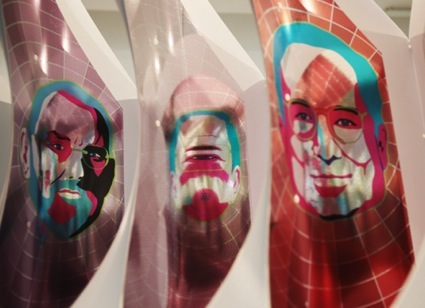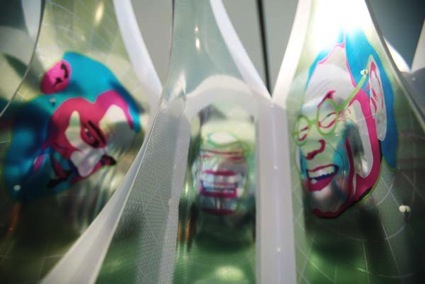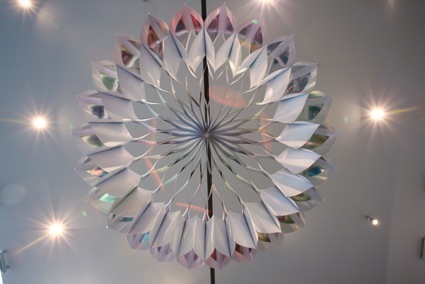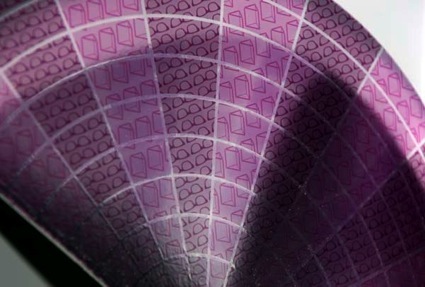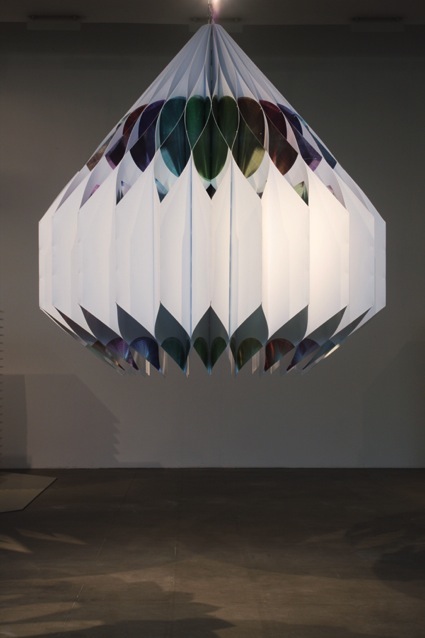PRISON? WE THOUGHT YOU SAID PRISM
2008
Installation
2.65 M x 2.65 M diameter
Turin, Italy
Exhibited in YouPrison at Fondazione Sandretto re Rebaudengo
with SLAB Architecture
Structural Engineer: ARUP Beijing
What? We thought the exhibition’s theme is Prism, not Prison. After discovering this late in the game we figured it best to learn from the mistake by choosing to avoid thinking seriously about a serious subject and to instead welcome irresponsibility, mishap and avoidance – in this case by finding inspiration through intentional misunderstanding. But it turns out that color is as important to the proper functioning of the prison as it is with a prism. A good prism breaks down a beam of light and re-aggregates it by color. The better the separation of light into colors, the better the prism. Many current US prisons operate under a similar assumption. The better the separation of people by color, the better the prison.
The most fundamental form of categorization is by skin type. In much of the US, white inmates are jailed in one wing or area, African-Americans in another, and so on, in order to reduce gang-related conflicts. Color is used to communicate types of behavioral risk. Uniforms are color-coded to alert guards and fellow prisoners to varying mental conditions of inmates. Those prone to violence wear one color uniform, those on medications another, and those prone to violence and on medications wear yet another. Color is also a tool for humiliation. In Arizona’s Maricopa County inmates are required to wear county-issued pink underwear expressly for the purpose of making the experience more memorably unpleasant. (The head of the county’s prison admits it does not reduce recidivism, however other US cities and counties have adopted Arizona’s practice under the mistaken assertion, or not, that it does.) Color is even still believed to condition the emotional state of inmates. Psychological theories about the behavioral response to color determine the painted environment of the correctional world to this day.
